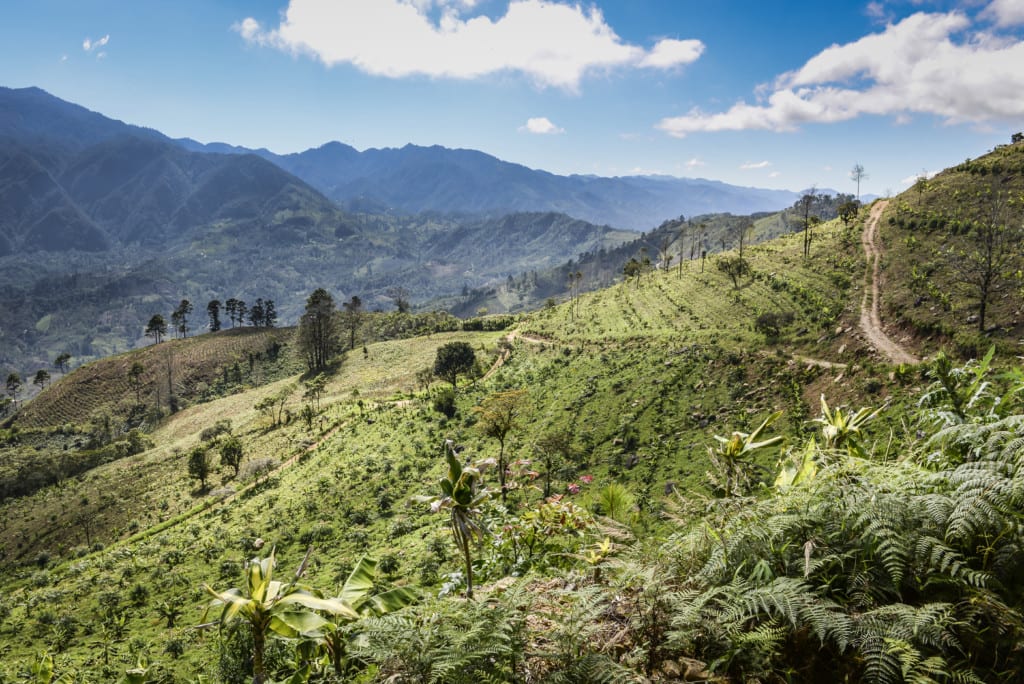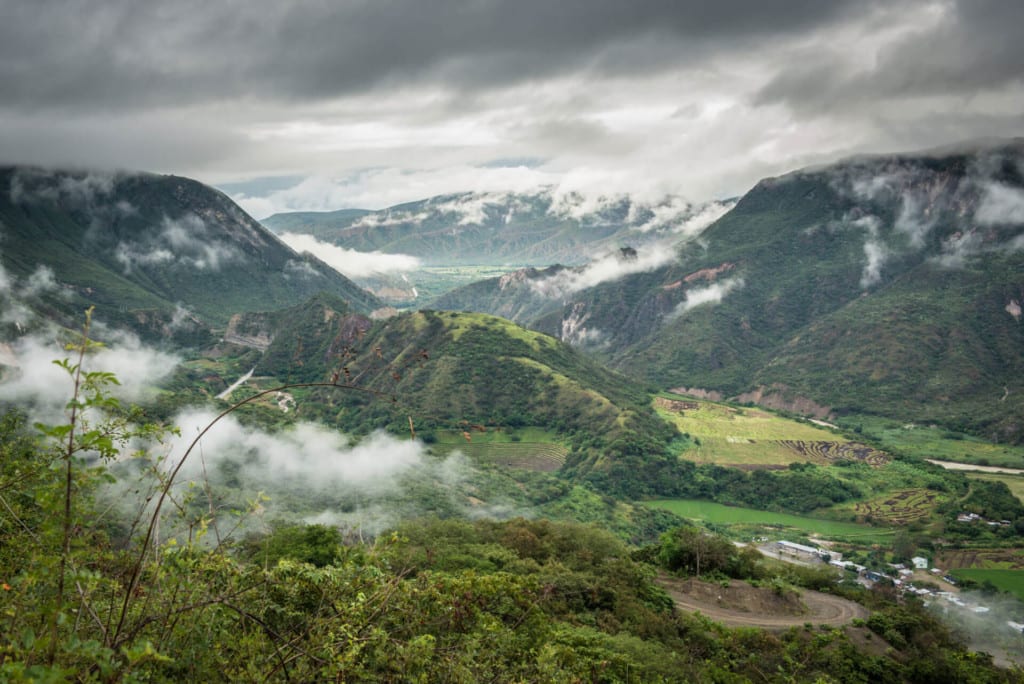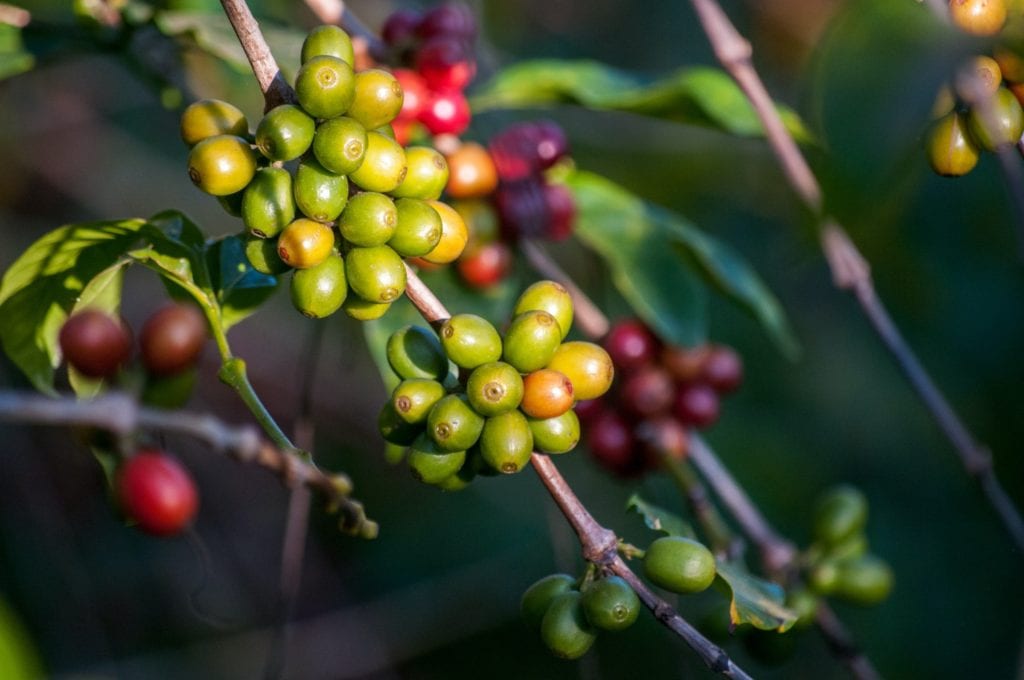Coffee origin tasting notes – What does origin tell you about flavour?
February 9th, 2021 | Coffee Industry Insights & Trends
When choosing a coffee for your business, there are many things you’ll want to consider. First and foremost is who you are catering for and their general preferences. Do you want fruit and sweetness or body and intensity? A dark or light roast? How will you be brewing your coffee? All these and more impact the flavour of the coffee you serve to your customers.
The majority of espresso blends used to deliver the strong espresso and the glorious latte are, as the name indicates, blends of coffees from various countries. You may like to consider the country of origin when selecting your blend. Each individual coffee origin is unique, offering characteristics inherent to where they grow. Most can be enjoyed as a stand alone coffee while others lend themselves to blending.
This guide provides a little insight into tasting notes from around the coffee belt – which ones will you try?
Central America
Costa Rica – Adds a little sweetness and a hint of soft fruit to a blend. Often present in a blend for balance and for mouthfeel as it can add some interesting dryness.
Nicaragua – Normally provide good body, a clean flavour, and mainly balance. Useful as background coffees in a blend as they tend not to have the often sharp acidity of other Centrals (i.e. Colombians).
Guatemala – Mature fruit notes normally present and a good body. A filler with interest on the nose and palate.
Honduras – Often balanced and of medium body with mild acidity and herbal notes. Good as a filler.

South America
Brazil – Brazils provide body and structure, but function well as background coffees or fillers in a blend. Normally have toast notes and sweetness; help create a soft/smooth mouthfeel and also help crema.
Colombia – Normally very balanced, with good body and some acidity, but the majority lack presence and aftertaste; good as fillers in a blend. Too much can be detrimental to the crema.
Peru – A filler or background coffee that can be used as a structural coffee, if sweetness, balance and good body are present.
Bolivia – Can offer heavier top flavour notes and also contribute to body.

Africa
Ethiopia – Adds sweetness, smoothness and a little body at espresso roast height; provides most of the top flavour notes and the delicacy and fragrance. Too much in a blend and crema production can be affected.
Kenya – Normally has plenty of acidity and a winey like fruit character. Not a great component in an espresso blend.
Uganda Robusta – Enhances crema production and perception of body and mouthfeel. Too much in a blend and the typical rubbery note will be obvious
Asia / Pacific

Sumatra – Responsible for structure and also body in the blend. Can add some spice and depth to the aftertaste, but must be used carefully so as not to overpower the general character. Careful when acid notes are present.
Papua New Guinea – Can be used for softness and as fillers, but some will also contribute some mild fruit or acidity.
India – Similar to the Sumatra in its applications, but a toned down version. Used for structure and enhancement of body.
Vietnam – A great structural coffee with a big body. Enhances crema production and stretches the aftertaste. Often earthy notes dominate.
Take a closer look at our coffee brands here or get in touch with our coffee experts to find out more!
